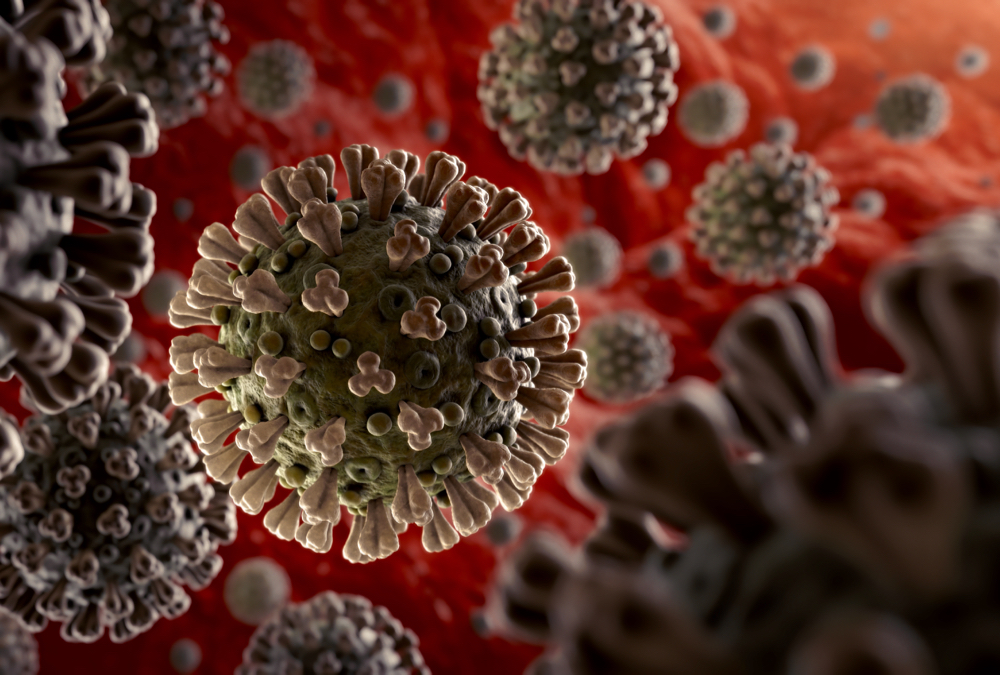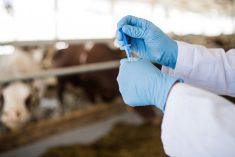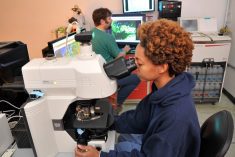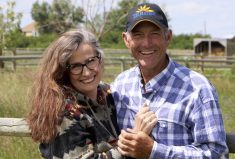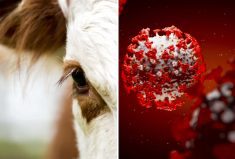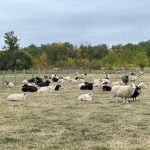The world has hardened to COVID-19: the many variants, the masks, public isolation, health precautions and the reminders that SARS-CoV-2 hasn’t gone away. Globally, WHO reported over 500,000,000 cases with 6,400,000 deaths at press time. A total of 12,300,000 doses of vaccine were administered. And the numbers keep climbing. On January 30, 2020, WHO declared COVID-19 a global health emergency, then two months later declared COVID-19 a global pandemic.
Asian diets of unusual wildlife species have been fingered as sources of wild viruses. A few raccoon dogs, inside a metal cage stacked on top of a chicken coop or perhaps a lone red fox, huddled in the corner of its cage within the busy Hunan Market, probably triggered the entire COVID-19 pandemic late in 2019.
An international team of scientists recently published two extensive, peer-reviewed papers in Science, offering the strongest evidence to date that COVID originated in animals at a market in Wuhan, China. Specifically, they conclude that the coronavirus most likely jumped from a caged wild animal into people at the Hunan Seafood Wholesale Market, where the calamity began.
Read Also

Building demand together: The impact of Canada’s beef import levy
The beef import levy has become a central tool for ensuring balance in Canada’s beef industry
Scientists who weren’t involved in the research papers have called the new data “very convincing” and a “blow” to the theory that COVID-19 somehow escaped from the Wuhan Institute of Virology. Among the scientists who signed the letter to Science was Dr. Michael Worobey, an evolutionary virologist at the University of Arizona. At first, Worobey felt the lab-leak thesis deserved attention, but became convinced the virus originated within the Hunan Market. Worobey, lead author of the new paper, believes they identified the pandemic’s epicentre.
Dr. Jonathan Runstadler, professor at Tufts University Cummings School of Veterinary Medicine, spoke with The New York Times on new avian influenza research led by Cummings School and the University of Massachusetts, Boston. Runstadler added substance to their contention that “A Gull Flaps Its Wings and a Deadly Virus Explodes.”
Influenza is an important annual respiratory pathogen with the potential to cause infrequent pandemics with devastating consequences. The establishment of highly pathogenic avian influenza H5N1 as an endemic virus within Asia’s duck and poultry populations increases the possibility of adaptation to humans and the threat of an emerging pandemic. Vaccines are the mainstay of prophylaxis against influenza, but there are technical and safety issues that must be overcome in the development of vaccines to combat avian influenza. National and international authorities have developed pandemic preparedness plans, but they are compromised by a lack of co-ordination between authorities.
Highly pathogenic H5N1 influenza viruses have been isolated from several avian and mammalian species. A large black-backed gull, which migrated from Europe to Eastern Canada last winter, may have been North America’s first carrier of a deadly strain of avian influenza that killed millions of domestic poultry and devastated wild bird populations. Despite intensive control measures, the number of human and animal cases increase. Understanding the range of susceptible species and contributing environmental issues is crucial to slow the rate of new cases.
H5N1 is currently endemic in domestic poultry. Only a handful of countries worldwide can control the sporadic and unpredictable spread of H5N1 to neighbours. It is estimated that at least 400,000 wild birds died. Close contact of terrestrial birds or mammalian species with infected poultry and waterfowl or the contagious waste left behind is the major route for interspecies transmission.
Intra-species transmission of H5N1 in mammals, including humans, is limited at present, but could change. Highly pathogenic avian influenza continues to cross species barriers to infect humans and other mammals, often with fatal outcomes. As such, H5N1 virus has rightly received attention as a potential pandemic threat. An H5N1 pandemic is an event of low probability but one of high human-health impact. It’s truly a predicament for public health.
Monkeypox has surfaced as a new disease candidate with pandemic possibility. WHO’s emergency committee declared monkeypox and the possibility of widespread transmission a public health risk within the international community. In their view, monkeypox requires a co-ordinated international response.
As a reminder, we need to think back to the early 1980s when health authorities sat powerless concerning AIDS (HIV) before it exploded into a worldwide pandemic: between 64 million and 113 million infected since AIDS started, around 650,000 deaths from AIDS-related illnesses in 2021, 38.4 million globally living with AIDS in 2021 with 1.5 million new infections yearly.
Arguments for declaring monkeypox a global health emergency include monkeypox being “an extraordinary event.” Evidence suggests substantial under-reporting of case numbers in many countries. Reports of infections in children and pregnant women raise concerns that the infections could become endemic.
In an interview with host Juana Summers, senior writer for CNN Politics and co-host of NPR’s All Things Considered, Dr. Anthony Fauci said about 99 per cent of monkeypox cases have occurred in men who have sex with men, which provides opportunities to stop transmission by focusing interventions on this group. According to Fauci, “We’ve got to understand the modality of transmission, the manifestations, also the risk for people like children and pregnant women,” he said. “There’s really a profound risk.”
We have come to realize that the old way of doing things doesn’t work anymore. The story isn’t just about what happens to animals, it’s about what happens to people. The plot is just the stuff that happens. The real story is about how we change because of what happens. How we deal with the animals is fundamental.


